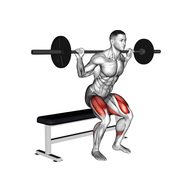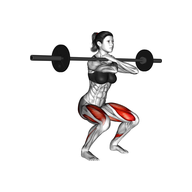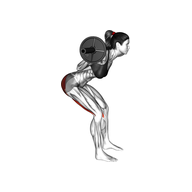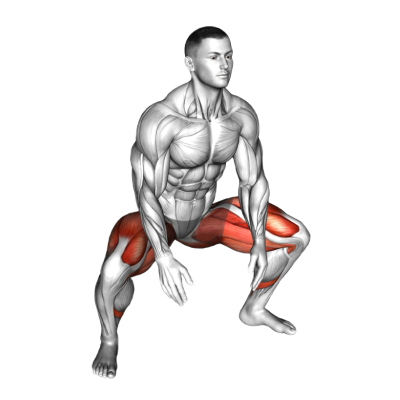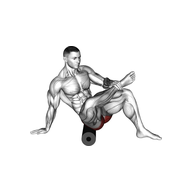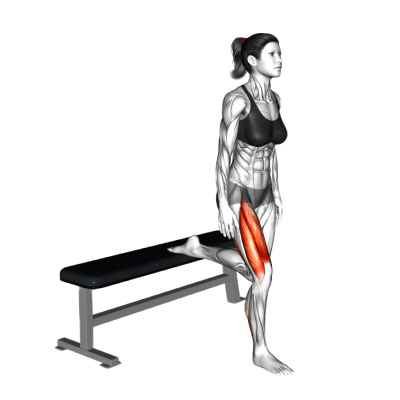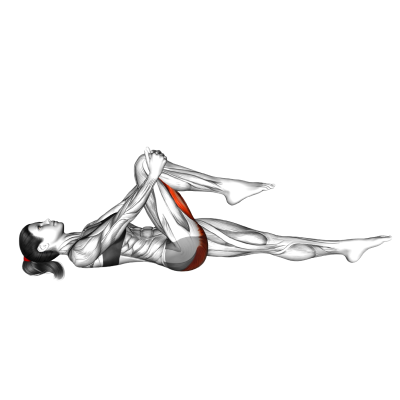Single Leg Hip Thrust
The single-leg hip thrust is a unilateral training exercise where you balance on one leg and a weight bench while extending your hips up into the air. This isolation exercise helps to target the glute muscles.
This isolation exercise helps to target the glute muscles. It works as a hip extension exercise where you squeeze your glutes to help the gluteal muscles grow. You can perform this exercise with resistance or just your body weight.
By training one leg at a time, this isolation exercise helps to develop stronger, more powerful glute muscles. This can help with functional movements outside the gym, like walking or running. Training unilateral exercises is also a way to prevent or improve muscle imbalances.
How-to
- Sit on the floor with the long side of a bench behind your back along your shoulder blades. Your feet should be shoulder-width apart.
- Straighten one leg by flexing your glute and extending your hips until straight. Your supporting knee should form a 90-degree angle. Hold briefly.
- Lower slowly by hinging your hips.
Muscle Worked
Primary Muscle Groups
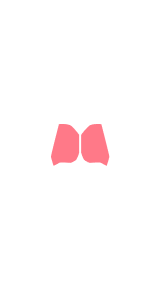

Glutes
The glutes help you extend your thighs from the hips and drive you forward.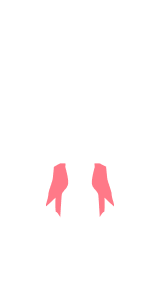

Hamstrings
The hamstrings flex your knees and extend and rotate your hipsSecondary Muscle Groups


Calves
The calves are the muscles at the back of the lower part of your legs

Lower Back
The low back helps stabilize your spinal column and connects your upper body to your pelvis.

Obliques
The obliques help you twist your trunk and support your core and spine.

Quads
"Quads" refers to your quadriceps femoris muscles which flex your leg from the hip joint and extend your leg from the knee joint.Pro Tips
- Keep weight on your heels and rotate your pelvis forward.
- Use a bar pad or towel to cushion the bar on the hips.
Equipments
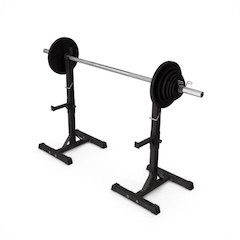
Barbell
A barbell is a long metal bar with space for weight plates on each end used for weightlifting
Bench
A weight bench is a piece of equipment that you sit on to weight trainBenefits
- Single-leg hip thrusts can help grow your glute muscles.
- This exercise is a good way to strengthen your posterior chain, or the muscles at the back of your body. Posterior chain strength is important for everyday movements like running or walking.
Variations
The following exercises target the same primary muscles using the same equipment:
Alternatives
The following exercises target the same primary muscles using different equipment:
Warm Up & Cool Down
Warm Up
Try forward leg swings to warm up for your single-leg hip thrusts. To perform this warm-up:
- Stand on one leg, bringing your hands to your hips or out to a T-shape for balance.
- Swing your free leg back and forth, keeping a slight bend in your knee. You can use momentum.
- Continue for at least 10 swings, then switch legs.
Cool Down
Use a figure 4 stretch to elongate the glute muscles after your single-leg hip thrusts.
- Stand on one leg.
- Bend your other leg at the knee then fold that ankle over the knee of your standing leg, as you drop into a shallow one-legged squat.
- Hold for 10-30 seconds.
- Repeat on the other side.
FAQ


Get fit with Flex
Build muscle & lose weight fast for free.
Available on iPhone + Apple Watch

